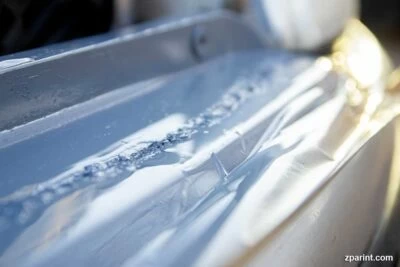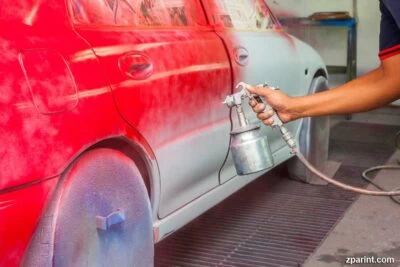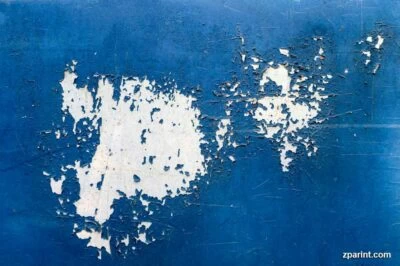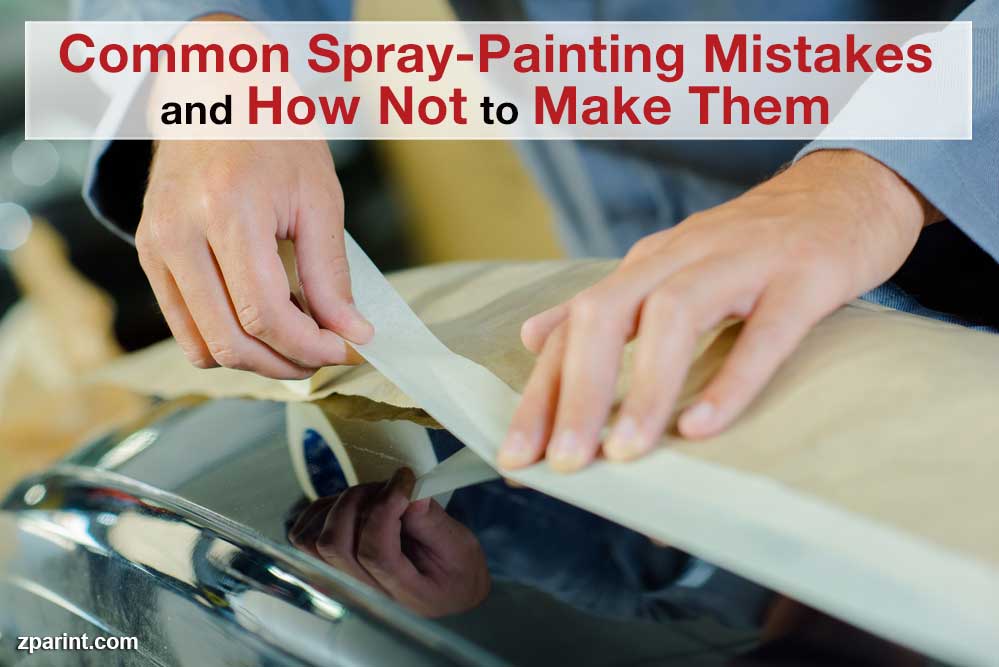Performing a big paint job in a paint booth, especially on large canvases including vehicles, often proves to be a very daunting experience even for seasoned painters. Any error you might commit, regardless of its actual size, may ruin the paint job before or when it dries up. Fortunately, many spray booth mistakes can be effectively avoided or if necessary, fixed. As such, bad paint jobs are usually not a permanent occurrence, and with some patience, you can resolve them in a markedly convenient and hassle-free manner. Here are some of the most common spray paint booth mistakes and just how you can be able to circumvent them, and if required fix them.
Cracking
Cracking is otherwise referred to as wrinkling, checking, or even splitting. Ideally, it manifests itself in cracks of varying sizes and often looks like a reptile’s skin wrinkles. Cracking can be caused by wrong or insufficient surface preparation in a paint booth setting. One sure way to avoid this occurrence is to make sure you prepare the substrate in the proper manner before you perform any paint job. Also, the utilization of the wrong reducer in top coating the object being painted prior to curing may trigger cracking.

On the other hand, adhering to a wrong paint mixing ratio such as utilizing too much activator or even mixing the ratio incorrectly, may also cause this surface defect. At the same time, wrong spray booth conditions like too much heat or humidity can give rise to flaws such as cracking. Lastly, when a painter sprays excessive material on coats that are still wet, will also cause cracking. When it comes to fixing this paint job defect, you will have to wait until the moment the paint cures and then reapply it.
Orange Peel

The orange peel effect occurs when dried-up paint takes an appearance or finish resembling orange peels. This paint job flaw is usually triggered by the application of an excessive film thickness that prevents the paint from flowing to an even film prior to curing. Additionally, spray paint booth gun issues may cause orange peel surface defects. So, always ensure you utilize the right spray gun, the right fluid tip, or even the right air cap before you commence any paint jobs. Further, when the tip of your spray gun doesn’t have enough air pressure, paint won’t atomize correctly, resulting in orange peels.
Finally, poor paint booth technique including wrong gun tip positioning, wrong pass speeds, the wrong overlap between passes, can trigger this flaw. As for fixing orange peels, should it be on a small area, you may sand the dried paint with sandpaper before compounding and polishing in order to be able to restore the paint’s gloss. On the flipside, if the orange peel covers a large surface, you may sand the defect, and make sure you reapply paint with the right air pressure, proper reducer, and using the right paint technique.
Fish Eyes
Fish eyes manifest themselves in diminutive, circular protuberances that can be spread across the paint job. This surface flaw normally exhibits itself almost immediately after the spray booth paint application and is commonly triggered by contamination. Typically, it usually appears when contamination occurs during the preparation or application processes. Generally speaking, paint is very prone to get contaminated by waxes or even silicon products. Therefore, it is always wise to make sure your spray paint booth is devoid of such contaminations. When it comes to fixing fish eyes when the paint is still wet, you should eliminate them with a solvent, and then prepare the surface correctly and reapply the paint. Should the paint have dried up, you can sand the fish eyes, and then proceed to reapply the paint. Also, always ensure you add a fisheye eliminator prior to executing the reapplication process.
Flaking or Peeling
This flaw occurs when the paint begins to peel or flake off once it dries up. Ideally, this paint booth defect is triggered by delamination when the paint fails to adhere to the substrate. Peeling and flaking may be attributable to wrong surface preparation when the surface isn’t abraded correctly or possesses surface flaws that weren’t resolved before the paint application. Additionally, failing to adhere to the paint manufacturer’s instructions can cause peeling or flaking. For instance, some undercoats must be sanded prior to the topcoat application process.

As for fixing these kinds of spray booth painting defects when they are fairly small, you should eliminate the peeling or flaking paint before reapplying the paint. For bigger flaws, proceed to sand the whole painted surface before you can reapply the paint.
Zpar International is a leading provider of a variety of quality paint booth, spray booth, and industrial paint booth solutions. Give us a ring today at 866-519-7269!

